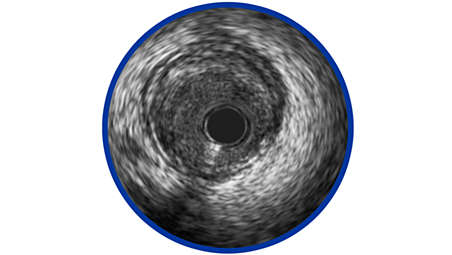A polymer-coated paclitaxel-eluting stent (Eluvia) was noninferior to the Zilver PTX paclitaxel-eluting stent when used in the femoropopliteal segment, results from the IMPERIAL study suggested.
The study authors, who presented the results at TCT 2018 and published the study manuscript simultaneously in The Lancet, randomly assigned (at 2:1) 465 patients with symptomatic lower-limb ischemia with atherosclerotic lesions in the native superficial femoral artery or proximal popliteal artery to receive either the Eluvia stent (n=309) or the Zilver PTX (n=156) stent. The primary study endpoint was primary patency, with a primary safety endpoint of major adverse events (all-cause death through 1 month, major amputation of target limb through 1 year, and target lesion revascularization through 1 year).
According to the results, the primary endpoint for noninferiority was met, and Eluvia demonstrated superior patency at 1 year (86.8% for Eluvia vs. 77.5% for Zilver PTX; P<0.0001). The Eluvia stent was also nonferior to Zilver PTX for the safety endpoint of major adverse events, with clinically determined target lesion revascularization and stent thrombosis rates that were approximately 50% less than those of the Zilver PTX group. Patients receiving the Eluvia stent saw significant symptomatic, functional, and hemodynamic improvement through 1 year in both groups, but with half of the revascularization rate seen in the Eluvia group compared to Zilver PTX.
“We showed that a paclitaxel-eluting, polymer-coated stent was non-inferior to a paclitaxel-coated, polymer-free stent in maintaining primary patency at 12 months, and had a similar safety profile,” the authors concluded in their study. “Based on these results, the use of polymer-coated paclitaxel-eluting stent in patients who require superficial femoral artery or popliteal intervention is a reasonable approach to maximize intermediate-term patency and to maintain hemodynamic and clinical improvement without repeat re-intervention.”
Source: The Lancet






 © 2025 Mashup Media, LLC, a Formedics Property. All Rights Reserved.
© 2025 Mashup Media, LLC, a Formedics Property. All Rights Reserved.